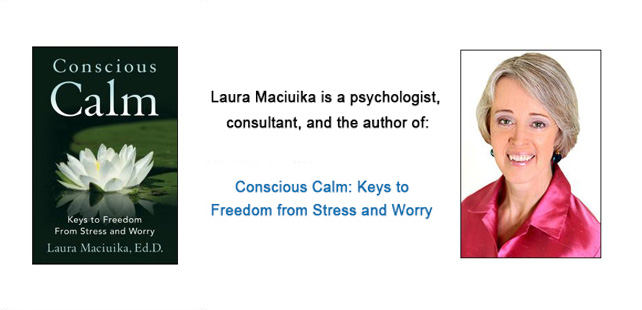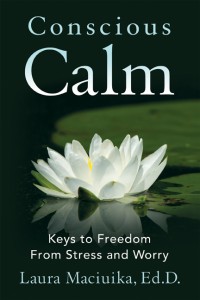 Among other things, April is National Stress Awareness Month. With stress so prevalent, that’s a good thing. The latest research concludes that stress is bad enough to be considered a public health crisis. Although it may seem like everyone is aware of stress and is already searching for stress relief, this month we have the opportunity to bring stress into clearer focus, as well as explore what underlies it, and how to deal with stress more effectively.
Among other things, April is National Stress Awareness Month. With stress so prevalent, that’s a good thing. The latest research concludes that stress is bad enough to be considered a public health crisis. Although it may seem like everyone is aware of stress and is already searching for stress relief, this month we have the opportunity to bring stress into clearer focus, as well as explore what underlies it, and how to deal with stress more effectively.
The list of the health effects of stress alone is daunting – depending on the list you look at, there can be from dozens of health effects listed. Chronic diseases and stress also have been linked more directly. According to the data from the last two years of research by the American Psychological Association,most people know they feel too stressed and that it’s affecting their quality of life and their health, but they feel too overwhelmed to take on the seemingly huge project of stress relief. For most people, dealing with stress sounds like it has to include daunting changes like quitting a job, (or finding a job!), moving to a new city, or waiting until the kids are finally out on their own.
Also highlighted in recent research are the emotional stress symptoms. In the most recent survey of stress in the U.S., leading stress symptoms were found to be irritability or anger (42%); fatigue (37%); lack of interest, motivation or energy (35%). These are described as the effects of stress. Yet what we also need to look at more closely is the inside story of stress. What are the ways people work with emotions that can add to stress, that make existing stress and stress symptoms even worse?
Most of us are not taught in modern, western culture how to notice or feel comfortable with a range of our emotions. A healthy, balanced relationship with emotion looks more like response than reaction: Emotions come into our experience through the body, through physical sensations. The information the emotion brings is noticed and worked with, not pushed away. Then the emotion begins to fade or dissipate. That’s one optimal picture.
What do we see instead in popular culture, or the morning commute? In so much political discourse and the media? Instead of response, there is a lot of reactivity, much of that showing up as anger and even rage. By the time there is that much reactivity in anyone, from an emotions perspective, there has been a lot of information pushed away, a lot of unexpressed, unknown emotion. There’s a lot in the body ready to be triggered in a way that’s likely to be out of proportion to whatever is happening in the moment.
This has a huge toll on us as individuals, and as a society. Pushed away emotions end up triggering a bigger reaction than may be appropriate. This build-up of emotional information not felt directly adds to stress. It can add to stress symptoms. t takes a lot of energy. It’s like pushing a log under water. You can hold it down there for a while, and even pretend, “There is no log.” But over time, this approach gets tiring, even exhausting. And once you’re tired, or a lot is going on, the log will come shooting back up, because it can’t stay pushed down forever.
It’s similar in our emotional make-up. Emotions exist as potential sources of information. There are skillful ways of using emotion, but learning these takes some slowing down of the internal action, some willingness to know what’s true for us, and perhaps a desire to have more capacity for response instead of reaction. One of the many benefits of learning more about the inside story is stress relief – when we no longer allow emotions to build up to a reactive or boiling point, we can pay more attention to what the body needs in the moment, to our needs and wants in general. We can notice what we need before stress symptoms need to show up to try and get our attention.We have more bandwidth for what is happening in and around us. And it’s easier to respond to people and challenging situations instead of reacting.
During the National Stress Awareness month, I’d suggest looking more closely at the inside story of stress. The outside stuff is easier to identify. Most people have less practice, and less education, about what to do on the inside. And yet that can be critical to lessening stress symptoms and the health effects of stress, to feeling lasting stress relief, and for our capacity to just get along.
Dr. Laura Maciuika is a psychologist and the author of Conscious Calm: Keys to Freedom from Stress and Worry, available at Amazon and other online stores, or through ConsciousCalm.com




